Certain stories were born to be told and become immortal. And this is what happened to the Castle Rá-Tim-Bum, a cultural phenomenon of Brazilian television. Even if you have never seen anything from the Castle, you certainly know its catchphrases. But how did this all happen?
The creation and the whole story of this success of TV Culture is told in the book Rays and Thunders: The history of the Castelo Rá-Tim-Bum phenomenon by the author Bruno Capelas and released by Summary Editorial. In a simple and direct way, Capelas gives a real history lesson, in the best Castelo style, about TV Cultura, Castelo and especially its backstage. But like every book, that “something” is always missing, so we went looking for it through an interview with the author to know a little more about his work and himself!
1. Why write a book about the Castle itself?
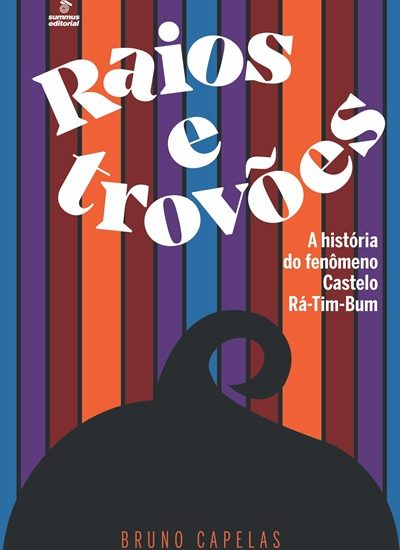
O Michael Azerrad, an American journalist and writer who has written extensively about alternative rock (read Our Band Could Be Your Live!!!), has a very important phrase that guided me throughout the process of making the Lightning and Thunder: “if no one has written the book you want to read, then go out there and write it”. Ever since I was a kid, I've always enjoyed reading about things I really enjoy (it seems redundant, but it's not always). I devoured biographies of artists, books on musical movements and eras – three that I always cite as direct influences are the The Age of Festivals, of Zuza Homem de Mello, O no more longing, of Ruy Castro, it's the The Divine Comedy of Mutants, of Carlos Callado. And I've always wanted to read a book about the Castle, which is a reference “always” for me. Diving into the history of Castelo Rá-Tim-Bum was an exercise in understanding my childhood.
I was born in 1992 and I am part of what many people call the “Culture generation”, which grew up with the TV station Father Anchieta Foundation as an electronic babysitter, watching programs like Castelo, moon world, X-All, Ra-Tim-Boom, Glub Glub, among others. Every day, I would come home from “school” and watch the episode of the day, already in some reruns, while my mother was making dinner. The starting point of liking the Castle was precisely there. The book began as my course conclusion work by ECA-USP in Journalism, in 2014. At the time, I just knew that it had to be something I really liked, to be able to spend a few months on the topic. I was watching TV with my sister, ten years younger, and the Castle was on. Instead of taking it off the channel, as I always did, I watched the episode with her until the end and that intrigued me. "I like it so much, but why do I still like it as an adult?" I went looking for references about it and didn't find any, so I thought it was my job to solve this problem.
And well, I think a book about a work of art is not just about that work of art itself, but also about the world in which it was generated and the legacy it left. Writing the history of the Castle was a way of retelling (and understanding) Brazil's recent history in a very specific way — a story of how, despite economic problems and technical limitations, a very interesting group of people used and abused their creativity, leaving a historic landmark, one of the greatest identities of pop culture and Brazilian culture in general. It is this story, of common people, who grew up, studied and worked for education and culture, that I wanted to tell - as much as the curiosities of why there was a tree in the middle of a Castle or how many books there were in the library of the painted cat.
2. How was the work to get material for the book?
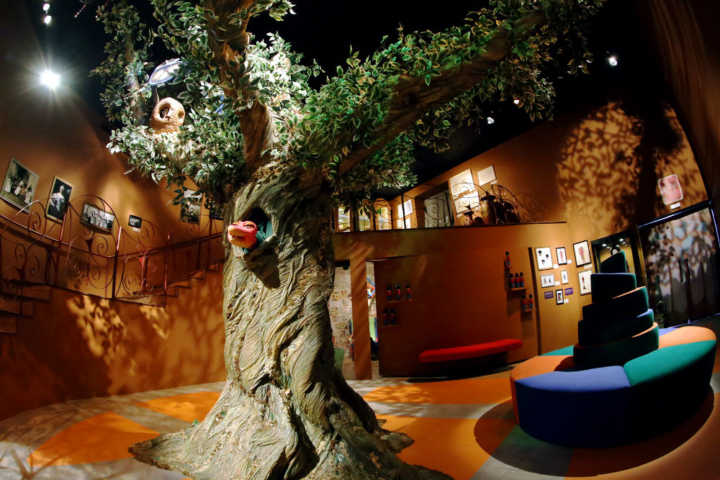
Nobody makes it in life without a bit of luck: in my case, I had some very important help along the way. to do the Lightning and Thunder, I did more than 30 interviews with people who worked, acted, wrote and lived in the Castle — a good part of them, however, were achieved with two happy coincidences. As I said, my book was born from a course conclusion work at ECA-USP. And before me, a year or two ago, a couple of seniors—the Maria Carolina Goncalves and the Lívia Furtado — also made a documentary about the Castle. And they gave me (because there's no other way to put it) a spreadsheet with the contacts of just about everyone they spoke to.
In addition, 2014 — which was the year I did most of the interviews — was also the 20th anniversary of Castelo and the exhibition at the Museum of Image and Sound from São Paulo, which even opens the book. And there I managed to find a lot of people, especially those who worked behind the scenes, who were missing, forgotten or even had never been heard to talk about the Castle. In addition to primary sources, talking to people and confronting stories — there are at least two decades of memory, so some things got mixed up — I also did a lot of research in newspaper collections, exhibitions, magazines and on the internet, comparing dates with the reports I had heard. That said, the first version of the book was made in 2014, still as a TCC, and over the next few years I rewrote this story, trying to make it mature and increasingly interesting. I joke that the version that became the book, the fourth, is the A new hope.
3. During the work, you take a true journey through the history of São Paulo TV, addressing mainly economic problems of the time. Do you think that if the Castle were to be created today, it would have the same public and critical approval?
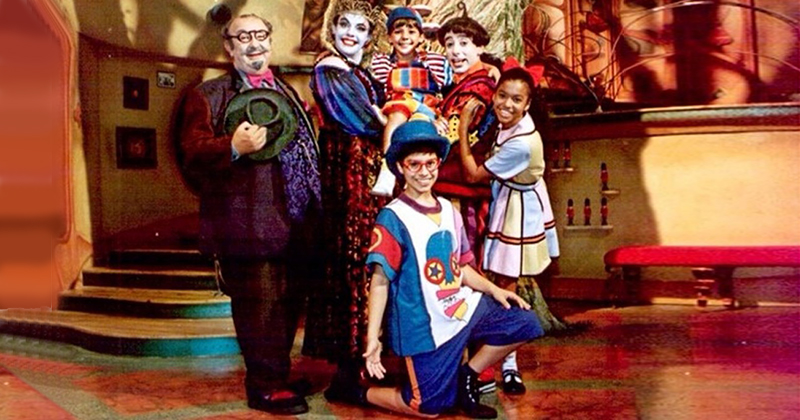
It is hard to say. I think it could get the same critical approval, yes, because it's such a smart show. Perhaps it had to be adapted: one of the important pillars of the Castle is the absurd amount of content it has — poetry, paintings, dances, customs from other countries, stories & History —, which at the time were not very accessible to people. Today, these are things that are just a click away for any child, thanks to the internet. THE Anna Muylaert I have already said that, if I were to do Castelo today, I would focus much more on the emotional/social issue than on the educational aspect; on the other hand, it is worth remembering that the educational aspect was one of the pillars of TV Cultura's children's programming at the time (and something that differentiates Castelo from its peers from that time until today).
But I think it would be difficult for him to have the same reception from the public: in one of the chapters of the book, I even theorize some reasons why Castelo was so successful (and other subsequent Cultura programs did not). The Castle is a product of its time — it is part of a time when open TV was practically the only option for all children, from different social classes; it is also part of a time when programming mattered (and that of Cultura, with programs like Rá-Tim-Bum, X-Tudo and Mundo da Lua, was vital in this regard); in addition, competition today, with streaming, YouTube and even other side entertainment (applications and games, for example) would be more difficult. I like to believe that he has the quality to overcome these obstacles even today, but I find it difficult (Cultura's recent experience with What Monster Bit You?, made by the Dog and with a lot of learning from Castelo, it shows a little bit of that).
4. How do you see the current open television market, especially in São Paulo? Do you think shows like Castelo are doomed to extinction or still have a place in the streaming market?
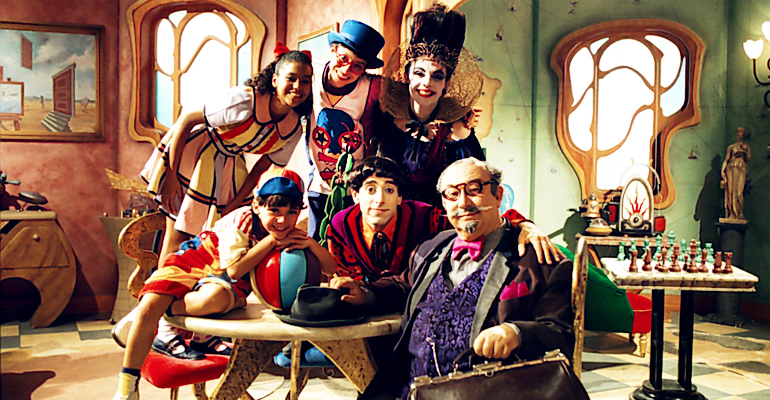
I find it difficult to think of broadcast TV as an isolated model. More and more, we are spectators who look at multiple screens — many people watch the eight o'clock soap opera without necessarily being at eight, but with the help of streaming apps or even YouTube, in pirated broadcasts. And there are few broadcasters really thinking about this, this transformation to digital — and that's a big challenge because, again, the competition is much bigger and it's not limited to just a half dozen channels, but it's actually a global competition . That said, I think streaming is increasingly the space for programs like Castelo to exist — and when I think of this “like Castelo”, I think of programs that treat children with respect, that think it is possible to teach them any thing from Leonardo da Vinci the poetry of Manuel Bandeira.
5. Today works such as Turma da Mônica are on screen and are successful with the old and new generations. Do you believe we could have something like a theatrical version of Castle, addressing individual characters or even all of them?

I even think that this could happen, but I have my doubts if it would be done well — particularly, I believe that not all products made from Castelo since 1994 are good or adhere to that universe that the program created. It's something different from Monica's Gang, whose symbolic universe has been established for decades (and which had long awaited a film version, although I don't particularly like the movie Laços (the comic, however, is incredible)). The very legal and creative issues surrounding the program would also be another obstacle. In this case, I'm with the Cao Hamburger: when I asked him if it would be possible to make another Castle, he said he preferred to create new things. The very idea of the Castle was born from the Rá-Tim-Bum 2, so it's much cooler to move on.
6. Tell us a little about yourself and what the Castle represented and represents for your life. And if you could go back in time without even thinking about writing this work, what would you say to yourself? What would you suggest to watch more closely and why?

I think I already said a little in the first question about what the Castle meant to me as a child. As an adult, I like to look at it and realize something that helped me become the person I am — I believe that my way of perceiving the world is through culture, music, cinema, literature, and that has a lot to do with it. to do with things that the Castle awoke in me. In addition, he represents a little bit of the country that I would like Brazil to be every day — creative, original, aware of its origins, its culture and its diversity, with respect to the different trajectories of each one, even under various limitations. . It's the famous "doing everything with affection, it will happen". If I could go back to that time, I'd tell that kid to enjoy it more—and try to convince other schoolmates to watch. Maybe we weren't in such a catastrophic scenario.
About the author
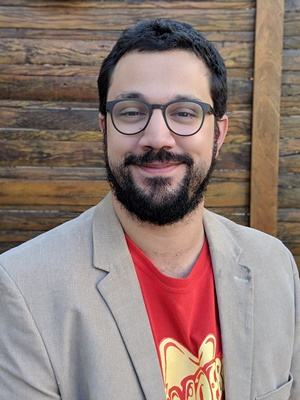
Bruno Capelas is a journalist and presenter of indie program, at Eldorado Radio. He was technology editor at Estadão, in addition to having passed through the editorial offices of IG and IGN Brazil.















































